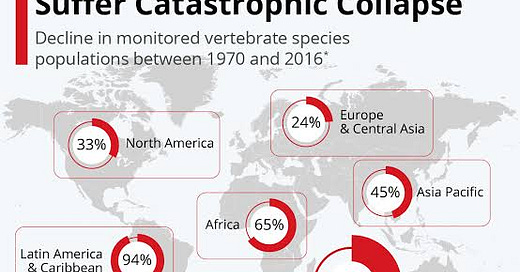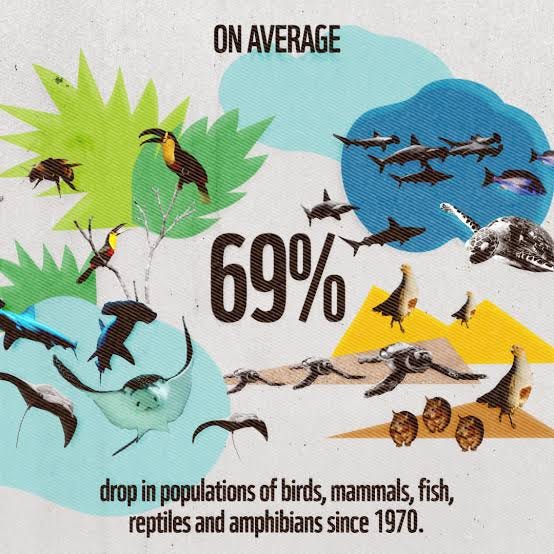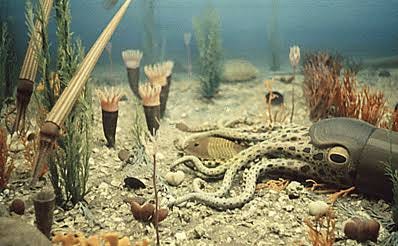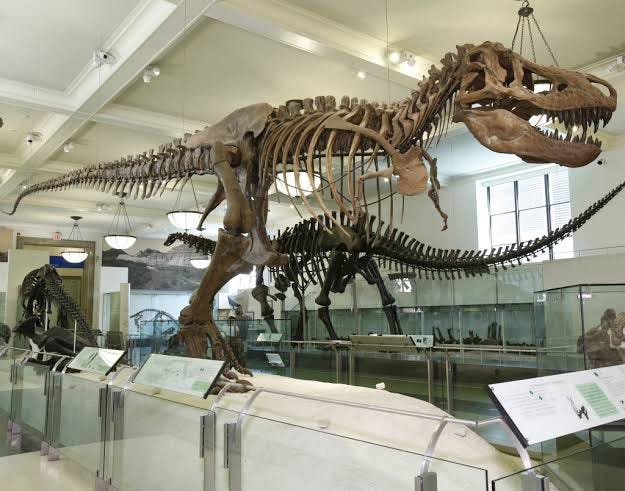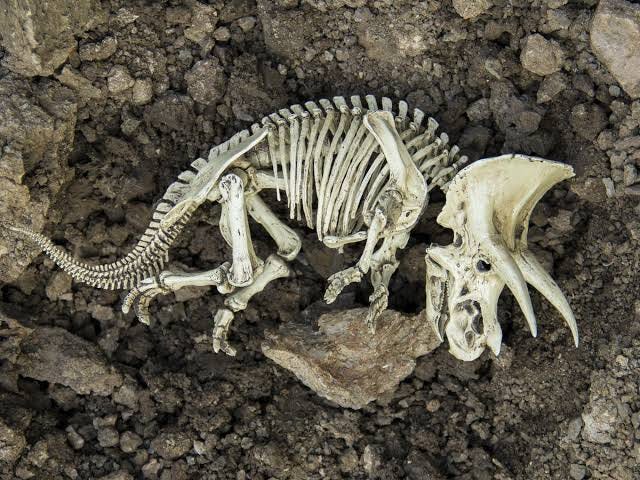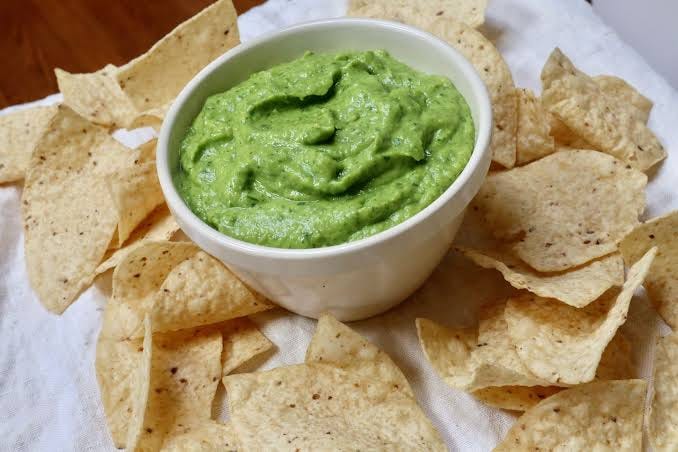This Is the Age of Extinction Because Civilization Is Hitting A Dead End
And with estimates projecting an even greater decline in the vertebrate population by 2030, the situatoon becomes even more critical
The population of vertebrate species shrank 52 percent between 1970 and 2010, an average of about half the size that they were forty years before the period, according to the 2014 Living Planet Report, tracking the numbers of animals in selected populations of vertebrates – mammals, birds, reptiles, amphibians, and fish.
The global population of vertebrates plunged by 68 percent between 1970 and 2016, with birds, fish, amphibians, and reptiles undergoing a freefall in population, according to the Living Planet Report in 2020.
Decline in population of vertebrates, Credit, WWF
Last month, a new report stated that the populations of vertebrates suffered another fall, with the figure rising to 69 percent between 1970 and 2018, declining an average by more than 662/3 percent between 1970 and 2018, with a combination of human-driven loss of species and climate change behind the development.
It seems the human-driven loss of species and climate change propel the decline of the population of vertebrates in an arithmetic progression every year now, with the monitored freshwater populations having dropped by an average of 84 percent since 1970, Europe and Asia recording a 94 percent decline in their biodiversity. And with estimates projecting an even greater decline in the vertebrate population by 2030, we can safely say we are at an age of extinction.
Ordovician period, Credit, Berkeley.edu
About 485 to 444 million years ago, a severe ice age during the Ordovician extinction period resulted in the fall of sea levels by a hundred meters, taking away about 85 percent of all species that were prominently ocean dwellers during the era, the situation worsening as the creatures ran out of oxygen when the ice melted.
During the late Devonian extinction period 383-359 million years ago, 75 percent of all species on earth got eliminated over a span of roughly 20 million years, with the so-called Kellwasser event standing out, through a messy and protracted climate change event affecting life in the shallow seas, leading to the extinction of 70 percent of species, including all corals.
During the Permian-Triassic extinction 252 million years ago, 96 percent of all marine species and about three of every four species on land got exterminated in a period of 60,000 years, through a massive volcanic eruption in Siberia that caused a savage occurrence of global warming, with a large number of insect species wiped out.
Two hundred and one million years ago, up to 80 percent of all land and marine species suffered extinction, when the earth warmed at an average of between five and eleven degrees Fahrenheit, a situation caused by huge amounts of greenhouse gases from the Central Magmatic Province, at a period known as the Triassic-Jurassic extinction.
Remains of a victim of the Cretaceous-Paleogene extinction, Credit, American Museum of Natural History
About 66 million years ago during the Cretaceous and Paleogene periods, a giant asteroid plunged into Mexico, just after a large volcanic eruption in India, and the event saw the extinction of the dinosaurs and ammonites, allowing mammals, and finally humans, to take over the control of the planet.
Just as the Cretaceous and Paleogene periods when dinosaurs and ammonites suffered extinctions, creatures today suffer from massive extinction. Just as greenhouse gases led to the dying of animal populations during the Triassic-Jurassic epoch, the animal population today dies off through huge amounts of greenhouse gases spewing into the atmosphere. Just as rising temperatures powered climate change during the Permian-Triassic era, creatures today go through the same ordeal, not unlike those that existed during the Devonian and Ordovician period. With the present situation replicating the five previous extinctions, logic demands the declaration of an extinction age today.
After the 1990s, the number of collected bees species fell such that about 25 percent of species were reported between 2006 and 2015 than before the 1990s. For instance, bee colonies in the United States fell steadily in the past 60 years, from six million colonies in 1947 to four million in 1970, three million in 1990, and just 2.5 million in 2014.
Bird species face population falls, with nearly three billion breeding birds lost in the past 50 years across Canada and the United States. Nearly half of all bird species suffer a decline in Africa. In east Asia, 143 of the 225 waterbird species, representing 64 percent, suffer a decline, while 164 of the 263 birds, representing 62 percent of the species in south-east and south Asia experience a decline.
With birds experiencing a worldwide decline, and bees facing extinction, as much as $577 billion in annual global crops face the risk of loss from the loss of pollinators. Seventeen thousand, five hundred trees – twice the number of threatened animals combined – also face threats to their survival, due to the loss of pollinators and other factors. Pollinator loss could potentially decrease crop production by about 90 percent in at least 12 percent of the leading global crops, at a time of population increase among humans.
To prevent a potential decrease in crop production, and to reverse the present trend of extermination of both plant and animal species, preserving existing forests could prove crucial. Keeping threatened species in safe areas could be a solution, as well as increasing the funding for conservation. Without funding to stop the extinction of plant and animal species, humans could find themselves facing extinction in the short and long term.
Further Reading
Credit, The Conversation
This Is What It’s All About: Protecting Biodiversity in Africa. Read here.
Unraveling the drivers of Southeast Asia’s biodiversity loss. Read here.
Latin America Is Going Through an Alarming Biodiversity Decline. Read here.
Biodiversity conservation. Read here
What to Eat
Guasacaca dish from Venezuela, Credit, Dobbernationloves.com

